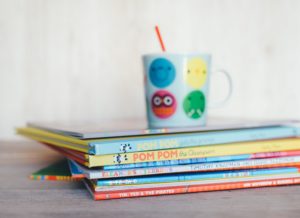After reading your post, I am so glad you compared both traditional approaches to learning such as the lecture style we learned about within topic 2, as well as multimedia learning styles. I thought it was an excellent idea to discuss “Crash Course” as that is an excellent example of multimedia digital learning. I have personally used “Crash Course” numerous times over the years as the videos are short, engaging, and very effective in explaining a variety of topics. This connects to today’s video about Edward Thorndike’s laws of learning, in particular, intensity. Students need to feel a sense of urgency and excitement about the topic they are learning, and “Crash Course” provides a mix of fun animations to assist the information. Another excellent resource your blog reminded me of was the YouTube channel “ASAPscience“. They post a variety of videos based on scientific principles and answer some interesting questions from the perspective of science. Similarly to “Crash Course”, they accompany audio to a series of animated stop motion images. If you watch the video below, they discuss the science of racism, a critical topic as we see the Black Lives Movement sparking change in America today!
– Ms. G 🙂
Spencer, J. [John Spencer]. (2017, December 3). What is Flow Theory? What does this mean for our students? [Video]. YouTube. https://www.youtube.com/watch?v=iUsOCR1KKms&feature=emb_logo






